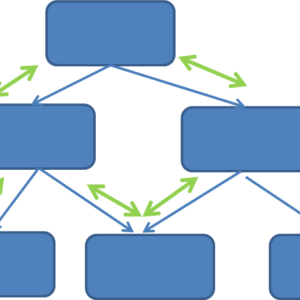Leveraging Ada Run-Time Checks with Fuzz Testing in AFL
Fuzzing is a very popular bug finding method. The concept, very simple, is to continuously inject random (garbage) data as input of a software component, and wait for it to crash. If, like me, you find writing robustness test tedious and not very efficient in finding bugs, you might want to try fuzzing your Ada code.Here's a recipe to fuzz-test your Ada code, using American Fuzzy Lop and all the runtime checks your favorite Ada compiler can provide.Let's see (quickly) how AFL works, then jump right into fuzzing 3 open-source Ada libraries: ZipAda, AdaYaml, and GNATCOLL.JSON.
